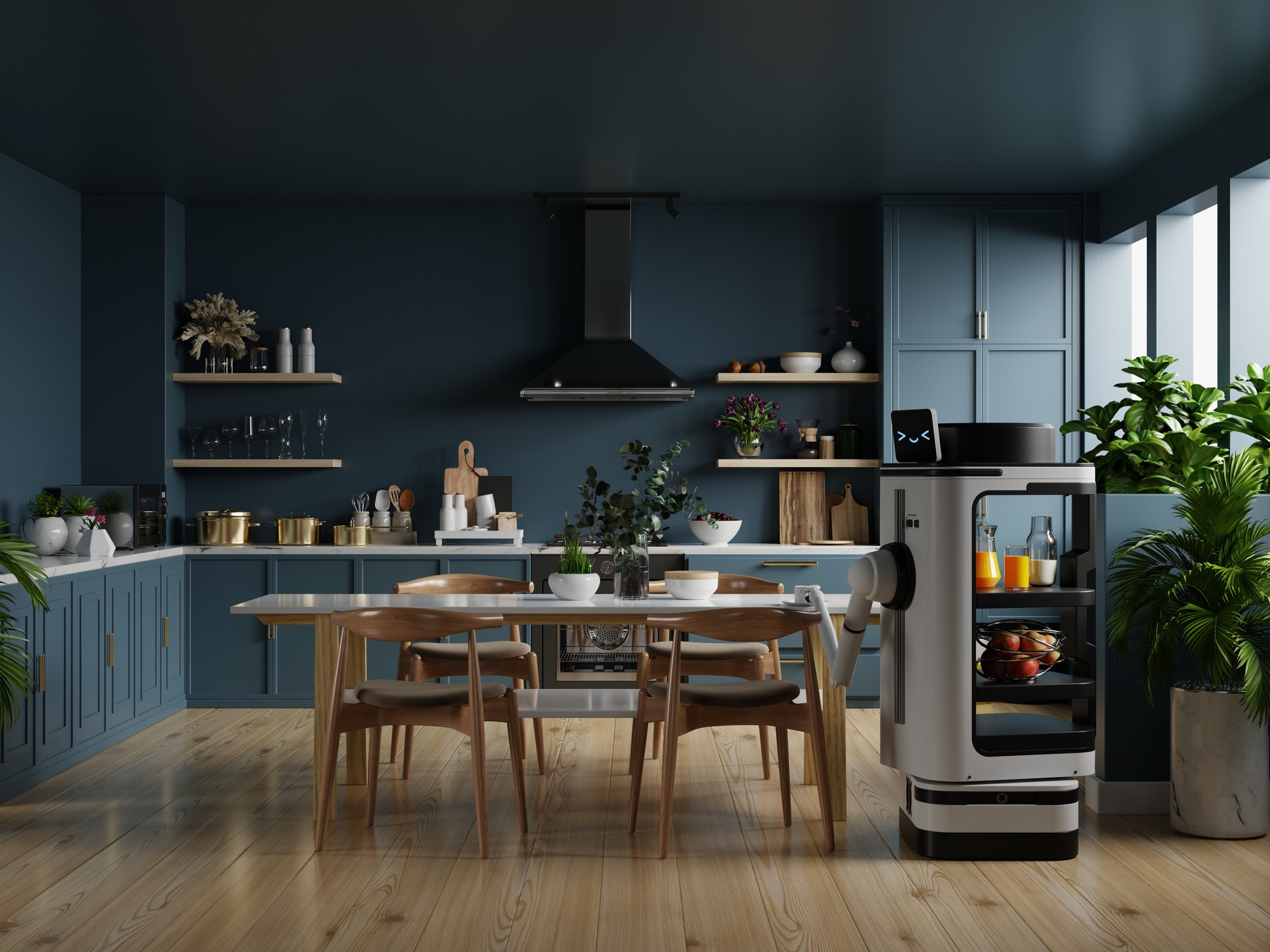Dive into how AI is revolutionizing home design, creating spaces that were once just fantasy. Discover the future of living spaces with us!
In today’s rapidly evolving world, the line between reality and fantasy is not just blurring—it’s being redrawn by artificial intelligence (AI). Imagine stepping into a home that’s leaped straight out of your wildest dreams, where every corner reflects a piece of your imagination. Sounds like a fantasy, right? Well, not anymore. With AI, the homes of the future are being designed today, and they’re as fantastical as they come. Let’s dive into this fascinating journey together, shall we?

The Magic Behind AI in Home Design
Ever wondered what it would be like if your home could reflect the landscapes of your favorite fantasy novel or the sleek, futuristic vibes of a sci-fi movie? With AI, architects and designers are pushing the boundaries of creativity, making what was once deemed impossible, possible.
Dreams to Reality: How AI Designs Homes
AI takes your dreams and sketches them into reality. It analyzes vast amounts of data, understanding trends, and preferences, and then, like a master artist, crafts designs that are tailor-made for you.
The Human Touch in AI-Created Designs
Despite the technological marvel, the human touch remains indispensable. AI assists architects by offering limitless possibilities, but it’s the human imagination that breathes life into these designs, ensuring that each home is as unique as its owner.

Sustainability Meets Fantasy
One of the most beautiful aspects of AI-designed homes is their ability to marry sustainability with fantasy. These homes are not just aesthetically pleasing; they’re also environmentally friendly, utilizing materials and designs that minimize environmental impact.
The Role of Virtual Reality
Virtual Reality (VR) takes the AI design process a notch higher by allowing you to walk through your future home before it’s even built. It’s like stepping into your dream with your eyes wide open, making adjustments and changes as you go.
Challenges and Solutions
Every revolution comes with its set of challenges, and AI in home design is no exception. From privacy concerns to the fear of losing the personal touch, the journey is fraught with hurdles, but with each challenge comes a solution, driving us towards a more innovative future.

The Future is Here: AI in Modern Architecture
AI is not just about creating fantasy homes; it’s about redefining modern architecture. It offers a new perspective on design, opening up avenues for creating spaces that are more functional, beautiful, and in harmony with nature.
Ethical Considerations in AI-Designed Homes
As we embrace AI, it’s crucial to navigate the ethical implications. From ensuring data privacy to maintaining design integrity, the path forward requires a careful balance between innovation and ethics.
Personalizing Your Space with AI
The beauty of AI-designed homes lies in their ability to be deeply personal. AI can understand your preferences and lifestyle, ensuring that every nook and corner of your home reflects your personality.
AI and the Art of Impossible Designs
AI empowers architects and designers to explore designs that were once considered impossible. From gravity-defying structures to living spaces that adapt to their environment, the possibilities are endless.
Conclusion
As we stand on the brink of this new era, the fusion of AI and home design promises a future where our living spaces are not just places to reside but reflections of our deepest dreams and desires. The homes of tomorrow, designed by AI, are here to transform our lives, making every day an adventure into the fantastical.

Frequently Asked Questions (FAQs)
1. Can AI really understand my personal style and preferences for home design?
Yes, AI can understand and adapt to your personal style and preferences by analyzing your inputs and feedback. It learns from your choices to offer designs that match your taste, making the design process highly personalized.
2. How does AI contribute to sustainable home design?
AI contributes to sustainable home design by optimizing the use of materials and energy, suggesting eco-friendly options, and minimizing waste during the construction process. It can also simulate various environmental impacts to ensure that designs are both efficient and sustainable.
3. Are there any limitations to what AI can do in home design?
While AI offers remarkable capabilities, it has limitations. It can generate suggestions based on data and trends but lacks the human touch and emotional understanding that a professional designer brings to a project. Additionally, AI relies on the data it is trained on, so it may not always offer completely novel or out-of-the-box solutions.
4. How can I start using AI for my home design project?
To start using AI for your home design project, look for online platforms and software that offer AI-driven design tools. These platforms often provide a user-friendly interface where you can input your preferences, explore design suggestions, and customize your project with AI’s help.
5. Does using AI for home design replace the need for an architect or interior designer?
No, using AI for home design does not replace the need for an architect or interior designer. Instead, it serves as a tool that can enhance the design process. AI can provide quick suggestions and solutions, but the expertise, creativity, and personal touch of a professional are invaluable in bringing a project to life and ensuring it meets all personal and regulatory requirements.
Sources The New York Times


